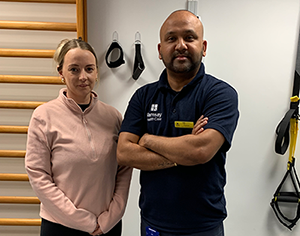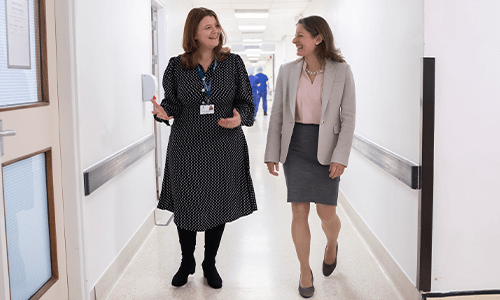Ashtead Hospital Specialists
-
Mr Mohammed Al-Maiyah
Mr Mohammed Al-Maiyah is a Consultant Orthopaedic Surgeon who specialises in Foot and Ankle Surgery
Read more -

Mr Ian Gill
Mr Ian Gill is a Consultant Orthopaedic Surgeon in Ashtead, Surrey who specialises in foot and ankle treatments.
Read more -
Mr Paul Hamilton
Mr Paul Hamilton FRCS (Tr & Orth) is a Consultant Orthopaedic surgeon specialising in all adult foot and ankle surgery and trauma surgery.
Read more -
Mr Kumar Kunasingam
Mr Kumar Kunasingam is a Consultant Orthopaedic Surgeon in Surrey, who specialises in foot and ankle conditions
Read more -
Mr Dominic Nielsen
Mr Dominic Nielsen is a Consultant Orthopaedic Surgeon at Ashtead Hospital in Surrey who specialises in foot and ankle surgery.
Read more -
Mr Sohail Yousaf
Mr Sohail Yousaf is a Consultant Orthopaedic Surgeon in Surrey who specialises in foot and ankle surgery
Read more


